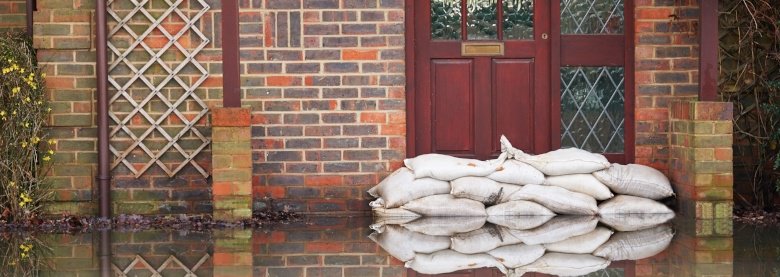
Even if you're not in an area that has the potential to be impacted by extreme natural disasters, storms of lesser severity can still cause major problems.
But what about water damage that is a result of neglecting the maintenance of your building?
Even though the cause is different, the results can be just as costly. That's why regardless of being in a hurricane state or a desert climate, every jeweler should know how to prevent water damage.
Thankfully, you can greatly mitigate or completely prevent maintenance-related water damage with proper care and attention to detail. In order to tend to your facility, you first need to know a telltale warning sign that signals water damage could be on the horizon.
How old is the building you're located in?
We see losses rise significantly when the age of a building is between 15-30 years old.
This time frame is when many installations reach the end of their useful life and are recommended to be replaced. However, without having any major issues with mechanical equipment, roof, or exterior construction, many jewelers may assume that these components will keep functioning forever.
Even if a small repair needs to be made, the most financially sensible decision at the time might appear to be doing what it takes to solve the problem momentarily, attempt to save money, and move on to tasks that generate revenue.
This might seem like a great plan ... until your quick fixes suddenly becomes overpowered by the force of running water.
If you play it smart and regularly update your building to avoid water damage, there's still another question you need to answer:
Are you reporting your upgrades?
Not only could you prevent a loss, but reporting upgrades, repairs, and the overall condition of your property helps underwriters more accurately price your policy.
Remember, less risk may lower your premium.
The bottom line is to be in tune with your facility and follow the recommended repair or replacement schedule for the various components of your building.
Click on the tiles below to learn more about potential problem areas:
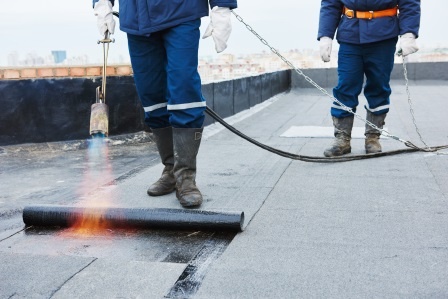 |
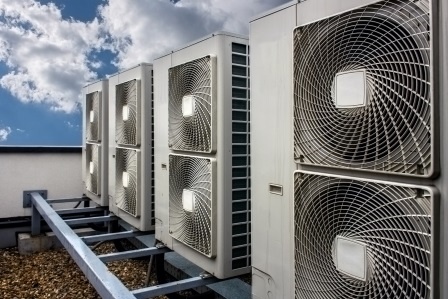 |
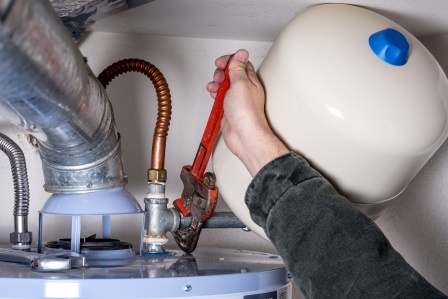 |
 |
 |
Roof
Roofs come in all shapes and sizes, but one thing they have in common is 24/7/365 exposure to the elements. Whether it’s the sun beating down, driving winds, pouring rain, or dare it be said – snowing – your roof is a constant victim of the weather.
You might hear a contractor or inspector use words like tenting, billowing, caulking, flashing, blistering, or other terminology to describe common roofing problems. Regardless of what words are being used, what you need to realize is that if your roof is not in good shape, leaks are bound to happen.

As water works its way in, all of your merchandise and business personal property is also at risk of being damaged.
Air conditioning system
Without getting into the science behind it, your air conditioner naturally creates moisture while it's running. However, if there’s a problem such as a dirty filter or clogged drain, more water may build up than normal and it will not be disposed of properly.

Also, many commercial buildings have AC units located on the roof, so if your roof is in need of repair, this problem just compounded.
Water heater
Leaks due to loose or rusty components such as valves can become common as your water heater ages, but that’s minor compared to the damage that could be caused by an explosion. If you’re a fan of the TV show MythBusters, you know what we’re talking about – contents under pressure can be extremely dangerous.

Plumbing materials
PVC pipe is common in more modern buildings, but if your building is a relatively older, cast-iron piping may have been used. This material contracts and expands with temperature changes, which can lead to ruptured or burst pipes.

Regardless of the material used, blockages in your plumbing system can cause extra stress on certain areas that might eventually lead to the same results as a frozen pipe.
Insulation
Buildings that are under-insulated are prone to wider ranges in temperature and if it’s freezing outside, your plumbing will not be adequately protected. If your facility has cast-iron plumbing, you can now see how that could be a major problem.
If insulation is installed correctly it's not something that needs a lot of attention compared to the aforementioned components. However, other than wild temperature swings, how do you know if it's operating as effectively as it was intended to be?

Inspecting it from time to time is worth it even if your pipes aren't in danger of freezing. You might just end up saving a substantial amount on your energy bill and keep your AC unit from running overtime.
Notes on Repairs, Replacement, and Useful Life
None of the previously mentioned components of your buildings are built as one-size fits all.
You can always opt for a more durable roof, a more powerful air conditioner, or a more efficient water heater. Of course, just as they have varying useful lives, they also have different price points and require varying levels of expertise for their installation.
With that being said, even products of the highest quality need to be taken care of and inspected regularly. After all, a device with a stated useful life of 20 years could last only a fraction of that if it's not properly maintained.
Having a professional do this will allow potential issues to be identified and corrected before they turn into a major problem.
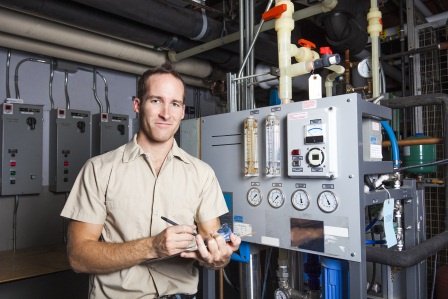
Also, keep in mind that your good intentions of a cost-saving do-it-yourself project could actually end up costing your business much more in repairs and property damage than the initial cost of a professional service.
If your facility is in worse shape than it was before you attempted to make a fix, think about your customers too. Would they want to shop around a water damage clean up?
You should also keep records of upgrades and inspections, not only to serve as a references for when you need to repeat the process, but also to make sure your insurance adequately covers the value of your building and the property it contains.
Finally, when you do decide to update your facility, consulting with your agent is a good first step in the process, as they should be able to help develop a cost effective solution for your business.
If you're not currently insured with Jewelers Mutual, find an agent who can work for you today!